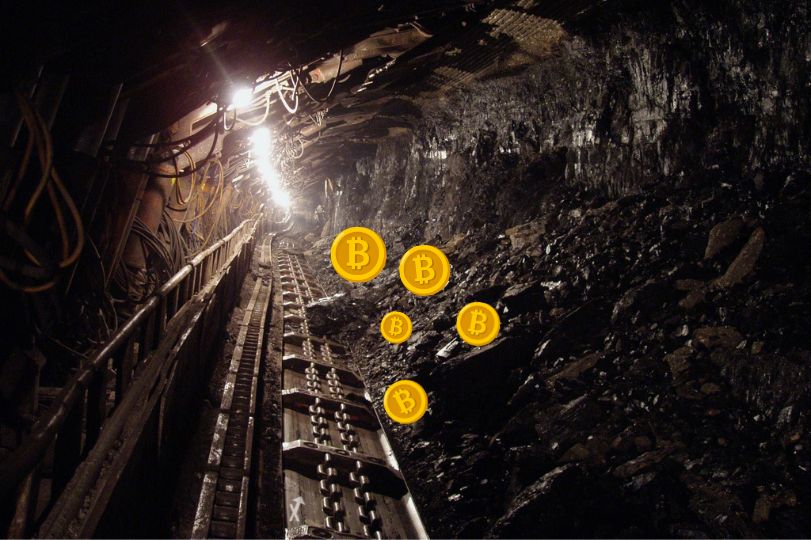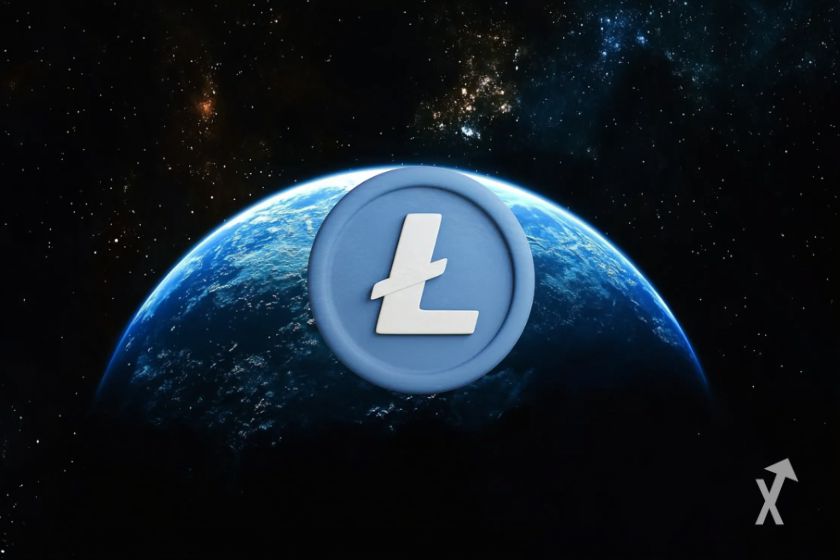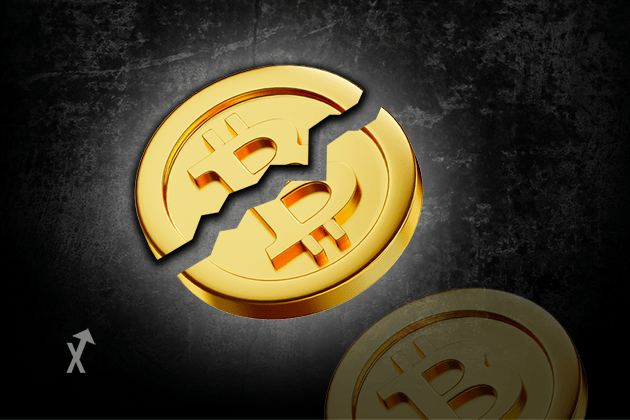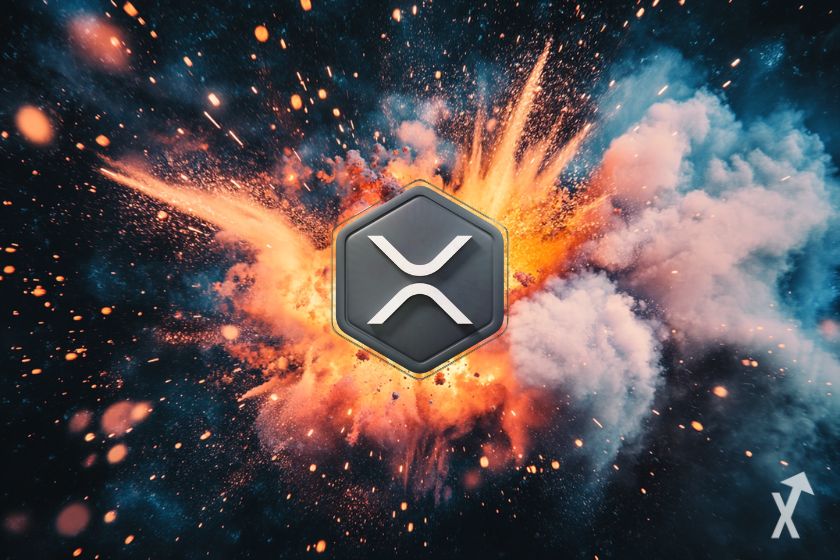The origins of Proof of Work (PoW)
Proof of Work tends to be associated with Bitcoin. Alas, the proof of work originates much earlier than in 2008 (date of creation of the famous cryptocurrency).
In computing, the concept of PoW dates back to the 90s, with the term “proof of work” first appearing in 1999 in an article by Markus Jakobsson.
Satoshi Nakamoto, the creator of Bitcoin, then used the concept to develop his cryptocurrency. PoW is used to make the blockchain secure and to verify transactions made on it.
How Proof of Work works
To understand the cryptos that use this system, one must understand that Proof of Work is a method of verifying new blocks created on the blockchain. Proof of work relies on an algorithm to verify transactions.
The “work” thus carried out consists of solving a complex mathematical problem. Whoever finds the solution, the “proof” earns the right to mine a new block of cryptocurrency.
These mathematical problems, or algorithms, can only be understood and processed by powerful computers. As for miners, these are people specialized in cryptocurrency mining and using Proof of Work. They will thus mobilize several machines to solve these problems and earn valuable crypto-assets as a reward.
PoW is used to confirm that miners participating in the network perform “hashes,” the technical term for the blockchain’s alphanumeric calculation and validation of transactions in order to add additional blocks. The proof of work will be attributed to the miner finding the valid hash.
This security work makes the blockchain very reliable, especially since each hash is related to all those of the previous blocks. Fraud and hacking are therefore increasingly difficult as the blockchain grows.
Proof of Work in practice
PoW involves a financial investment by miners, not to own cryptos, but rather state-of-the-art computer hardware: computers, graphics cards, CPU, electricity and cooling system.
This is how the first cryptocurrency mining farms appeared, especially in the Nordic countries, where the cost of the cooling system is low, if not zero. These farms have also emerged in other countries where electricity and equipment are inexpensive.
The PoW algorithm, used by the Bitcoin blockchain, aims to add a new block every 10 minutes.
The mining difficulty thus evolves according to the speed of the miners :
- If they are too slow, the calculations become easier
- If they are too fast, the calculations become more complex
What is the real use of Proof of Work ?
Cryptocurrencies run on the blockchain; they are decentralized and peer-to-peer by design. To achieve their ends and secure transactions without an organization to govern the exchanges, it was necessary to ensure that no one could manipulate the blockchain to serve their own interests: hence the usefulness of PoW.
Which cryptocurrencies use Proof of Work ?
Among the popular crypto-assets using Proof of Work, we have :
- Bitcoin (BTC): The first cryptocurrency and market leader with a marketcap of over $500 billion
- Dogecoin (DOGE): The cryptocurrency that rocked the world of DeFi (decentralized finance) with its avatar of Shiba Inu is also a cryptocurrency operating on the basis of a PoW
With its update The Merge, Ethereum, the second most valuable crypto has just moved from a Proof of Work system to a Proof of Stake system. This update allows it to save 99.9% of energy. To verify transactions, staking is the mining of a Proof of Stake network.
Advantages and Disadvantages of Proof of Work
Proof of Work (PoW) and Proof of Stake (PoS) have the same goal: to create and secure the blockchain. Each model of proof has a very distinct functioning; the ins and outs are different, but the outs are the same.
The Proof of Work has advantages in terms of its security much more present than on the Proof of Stake.
On the other hand, proof of work is becoming more and more obsolete, requiring an aberrant consumption of electricity, as well as a significant financial cost for miners.
Ecologically, the PoW is a disaster! In June 2019, Bitcoin mining was believed to be responsible for consuming approximately 66.7 TwH of energy per year.
This power is sufficient to operate 70 billion televisions for 3 to 5 years.
Advantages of Proof of Work
Here are the key benefits of Proof of Work verification consensus today :
- PoW models make blockchain networks harder and more expensive to attack
- Miners are rewarded with both a block reward (tokens) and a share of transaction fees
- Proof of Work often leads to more decentralized networks
Disadvantages of PoW :
- PoW requires access to significant (and growing) computing power, much of which is wasted every time an equation is solved
- This excessive energy consumption leads to increased costs and its environmental impact is not negligible.
- This discourages miners when the cryptocurrencies using it reach their cap (limited number). For example, since 90% of the bitcoin stock is already mined, fewer and fewer miners want to invest in bitcoin, because it will soon no longer be possible to mine them.
Our review on the Proof of Work crypto
Proof of Work is the original form of blockchain security used by cryptocurrencies such as Bitcoin and Ethereum. PoW is essential because of its very reliable security process which is very suitable for blockchains.
Cependant, la preuve de travail possède de nombreux désavantages tels que le coût énergétique du minage, le coût financier du matériel et la nuisance sonore que cela entraîne. La PoW est aussi une catastrophe écologique et de ces côtés-ci, la PoS a tendance à se démarquer. Elle est peu polluante, et attire beaucoup plus facilement les investisseurs.
However, proof of work has many disadvantages such as the energy cost of mining, the financial cost of the hardware and the noise pollution that this entails. PoW is also an ecological disaster and on these sides, PoS tends to stand out. It is not very polluting, and attracts investors much more easily.
The Proof of Stake requires a large amount of tokens to become a validator and has the effect of having fewer validators and therefore more centralized and with a greater impact on the network.

















